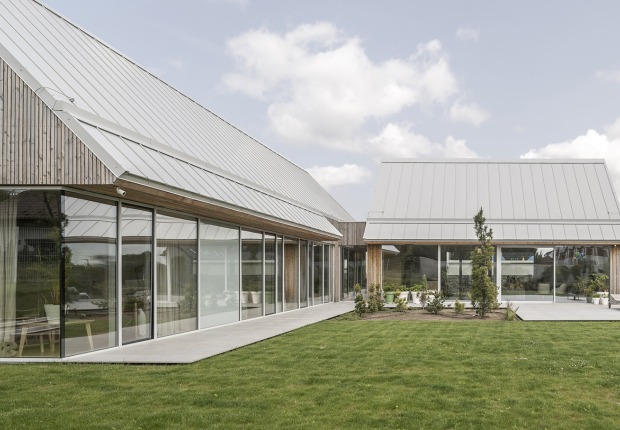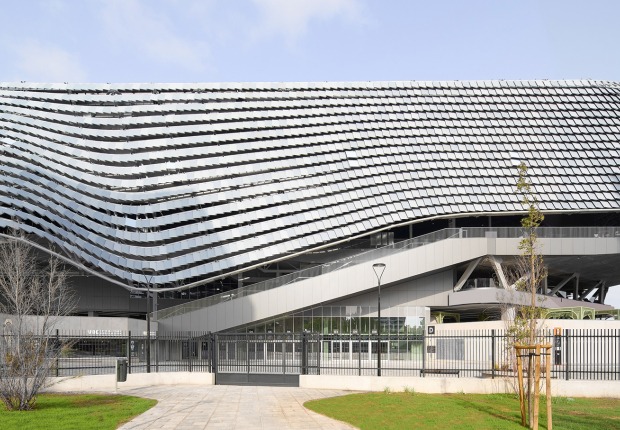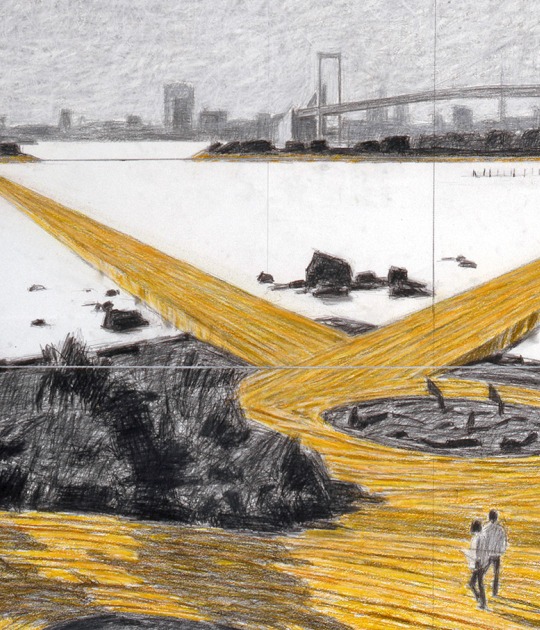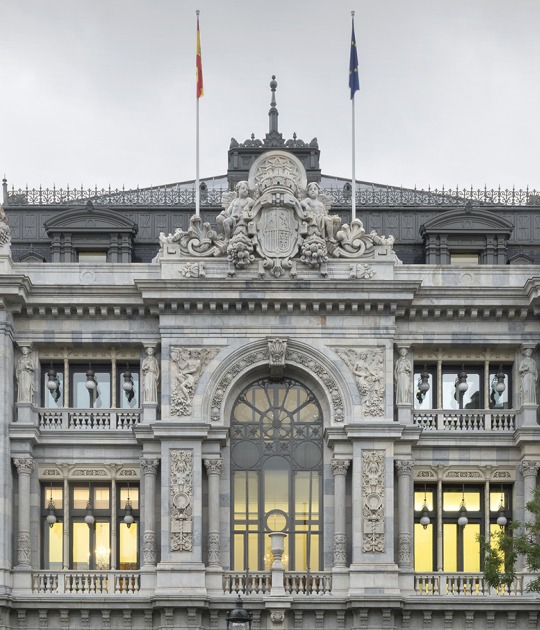Born in Kemi in 1922, Elissa Aalto (née Elsa Kaisa Mäkiniemi) graduated as an architect in 1949. She began working in Alvar Aalto’s architect’s office in the autumn of that same year, when it was working on some sizeable public commissions and several architecture competitions in Finland and abroad. As her responsibilities grew, Elissa was made supervising architect on a number of major building projects, the first being Säynätsalo Town Hall (1949–52). In between working, in 1952 she would marry Alvar Aalto.
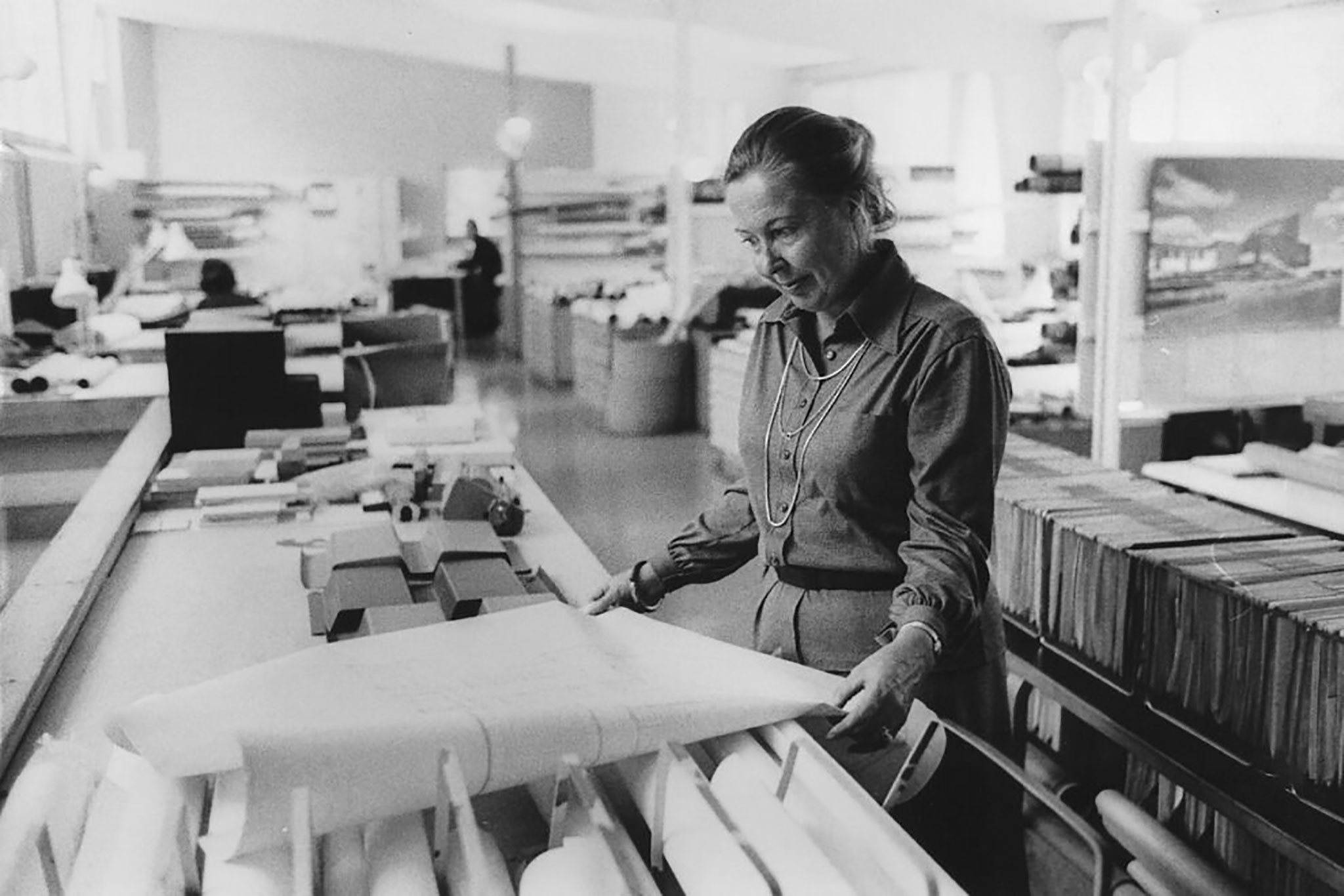
Elissa Aalto viewing architectural drawings. Photograph by Stig Bergström, courtesy of Alvar Aalto Foundation.
From the 1950s onwards, Elissa Aalto led the construction of the campus of Jyväskylä College of Education (now the University of Jyväskylä, 1951–71) and, being fluent in French, was put in charge of the building project for Maison Louis Carré (1956-65, the studio's only construction in France), a private house near Paris. She became a partner in Alvar Aalto Architects early on. In the following decades, Elissa Aalto was closely involved in the construction of the Nordic House culture centre (1962−68) in Reykjavik, Iceland, and in the interior design of the Finlandia Hall concert and congress centre (1962–75) on the shores of Töölönlahti Bay in Helsinki. Over the years, she developed into a skilled interpreter and mediator of Alvar Aalto’s ideas, a role that was accentuated when maintaining contacts during construction projects.
Elissa Aalto’s own architecture output was to be relatively small. Projects known to be her own, independent designs include the SOS Children’s Village in Tapiola, Espoo (1964–65) and the Villa Hauta-aho (1982–83) private house in Seinäjoki. In the 1950s, she made printed-fabric designs for Artek, such as H55, Pisa and Patio, in which architectural elements were playfully incorporated into geometrical shapes.
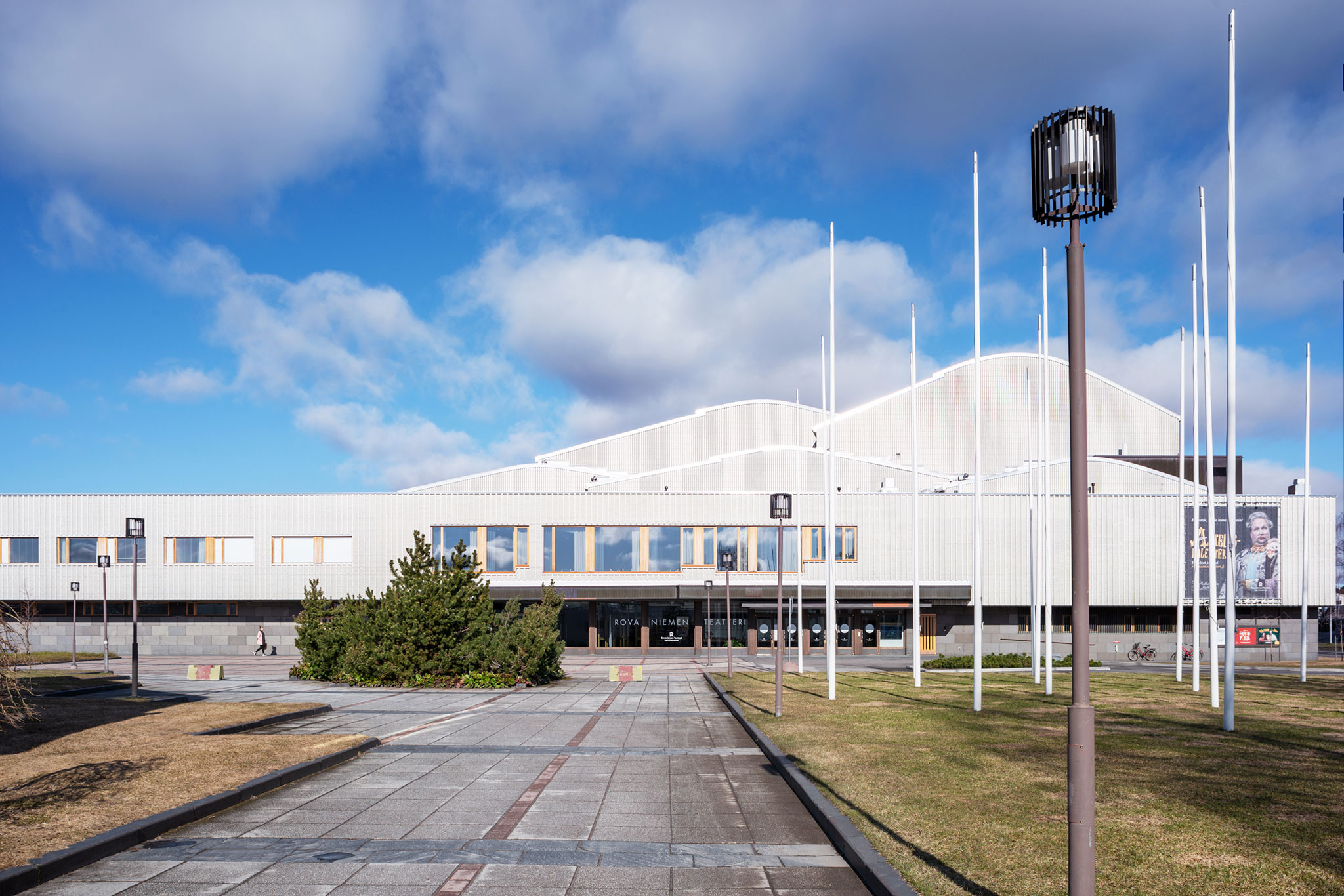
Lappia-talo, Lappia Hall (1961–75), Rovaniemi, Finland. Photograph by Maija Holma, courtesy of Alvar Aalto Foundation.
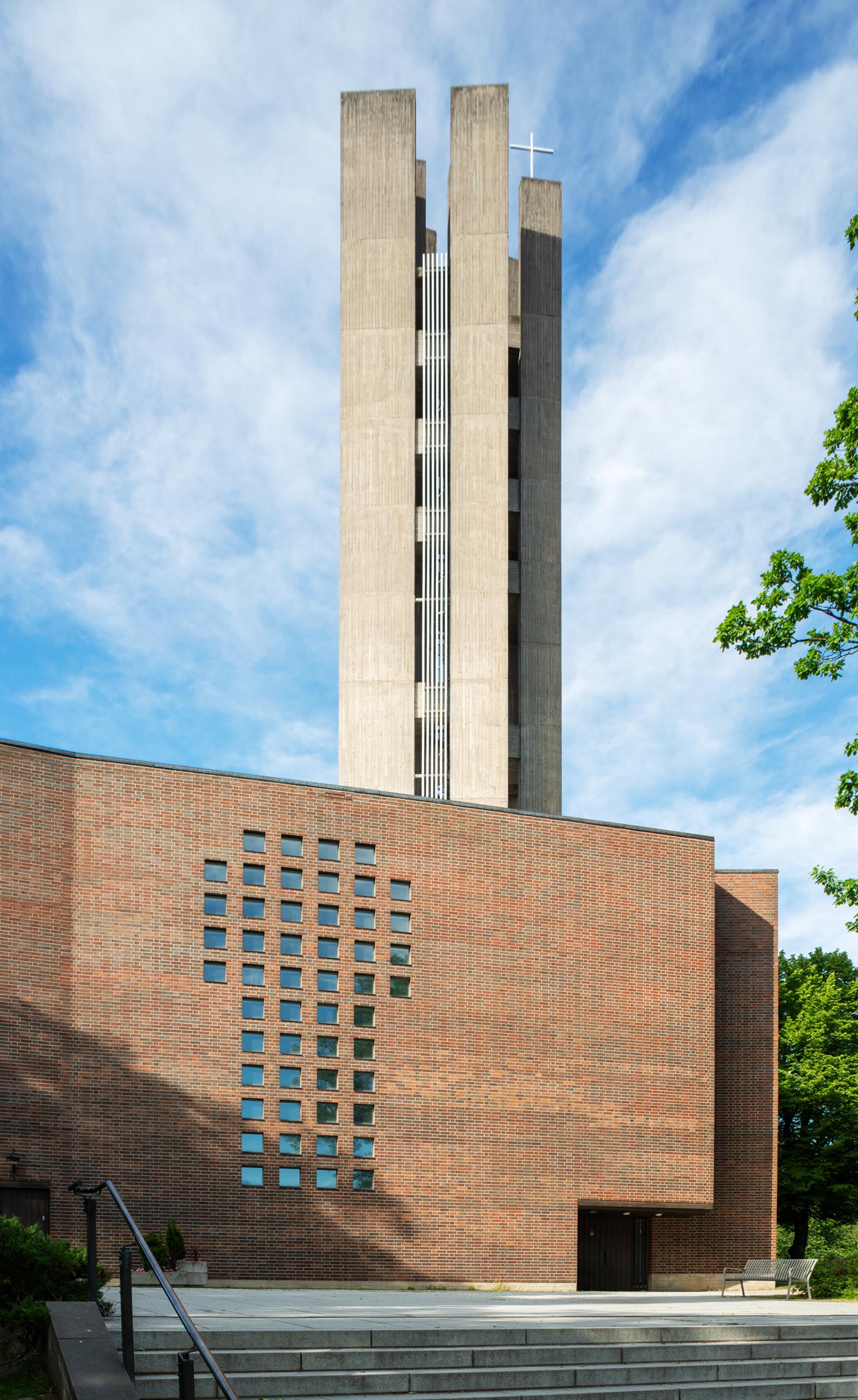
Ristinkirkko. Church of the Cross (1969–79), Lahti, Finland. Photograph by Maija Holma, courtesy of Alvar Aalto Foundation.
Elissa Aalto’s work reflects a forward-looking mindset
After the death of her husband, Elissa Aalto ran the office from 1976 to 1994, and she completed several unfinished projects. She completed, for example, the Church of the Cross in Lahti (1969-1979); the Santa Maria Assunta church (1966-1980) in Riola, Italy; and the Essen opera house, the Aalto Theater, in Germany (1959, 1983–88). He also oversaw the construction of the Jyväskylä Theater (1964–82), the Seinäjoki Theater (1981–87), the Rovaniemi City Hall (1963–88), and the Lappia Hall (1961–75), thus completing the extensive plans for the centre of the city created by Alvar Aalto.
She was behind the transfer of the collection of drawings, photographs and documents from the architect's office to the property of the Alvar Aalto Foundation, thus keeping everything in one place and making it one of the rare collections of drawings in the world to be kept intact.
Elissa Aalto's centenary is commemorated at the Alvar Aalto Foundation in various ways throughout the year. Aalto's studio is showing an exhibition of Elissa Aalto's life work, and there are guided tours focusing on her at the Foundation's museums in Jyväskylä and Helsinki. To mark the anniversary, the Foundation has launched the Elissa Aalto 100 product range. The Alvar Aalto Foundation will publish a book on Elissa Aalto in the autumn. The centenary celebrations culminate on November 22, Elissa Aalto's 100th birthday.














